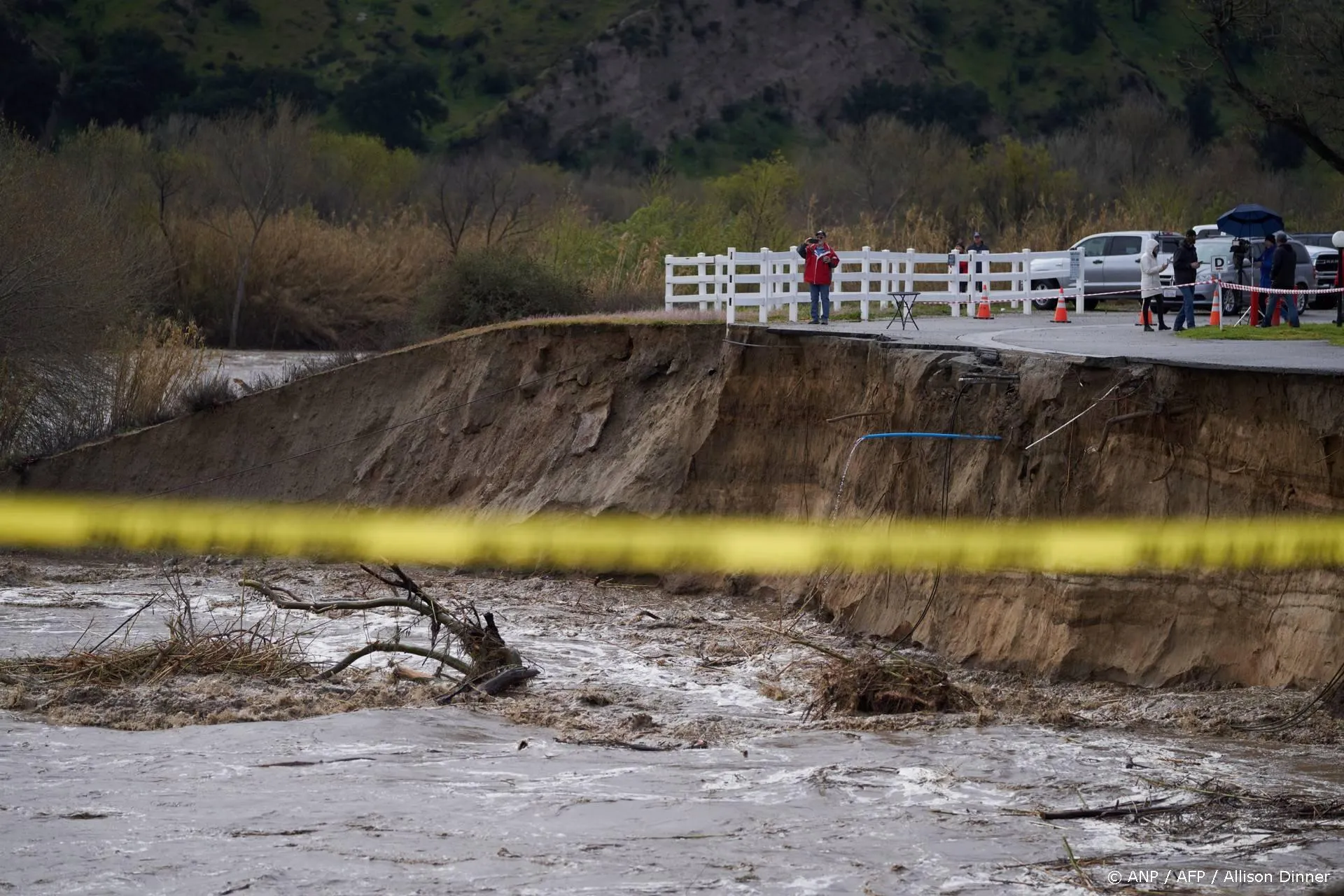Noordpool ijsvrij?
De kanarie in de kolenmijn is nog springlevend.
Zoals mijn trouwe lezers bekend is, wordt het oppervlakte-drijfijs op de Noordpool door aanhangers van de menselijke broeikashypothese (AGW = 'Anthropogenic Global Warming') vaak beschouwd als de ‘kanarie in de kolenmijn’, in die zin dat de afname van dit oppervlak gedurende laatste jaren, met een dieptepunt in 2012, als bevestiging werd gezien dat de aarde opwarmt.
Daarbij werd altijd vergeten dat het oppervlak drijfijs op de Zuidpool al jaren toenam en zich thans op een recordniveau bevindt. Maar goed, een kniesoor die daarop let!
Verschillende wetenschappers hebben voorspeld dat de Noordpool spoedig ijsvrij zou zijn. Metingen over een aantal jaren gaven een dalende tendens te zien. In dat geval is het kennelijk moeilijk om weerstand te bieden aan de verleiding om daar een lineaire trendlijn door te trekken en die te extrapoleren naar de toekomst. Maar daarmee moet men oppassen, want de natuur kent geen lineaire trends, alleen maar oscillaties.
Maar de wetenschap schrijdt voort en er komen steeds meer metingen. 'Reporting Climate Science.com' berichtte onlangs:
Arctic sea ice is holding up to global warming better than expected, according to the latest data from the CryoSat-2 satellite, a team from University College London will tell the AGU Fall Meeting in San Francisco today.
Arctic sea ice volumes in the autumn of 2014 are above the average set over the last five years and sharply up on the lows seen in 2011 and 2012, according to the latest satellite data.
Data from the European Space Agency (ESA) CryoSat-2 satellite to be presented to the American Geophysical Union's Fall Meeting in San Francisco later today (Monday 15 December, 2014) will show Arctic sea ice volumes in October and November 2014 averaging 10,200 km3 – slightly down on the 10,900 km3 reported in 2013 but sharply up on the lows seen in 2011 and 2012.
This is the second year in a row where a relatively cool Arctic summer has led to less sea ice melting than has been typical during the summers of recent years and this has resulted in thicker and older ice surviving into the autumn and winter during both 2013 and 2014.
The team of researchers from University College London (UCL) who are presenting the CryoSat-2 data to the AGU Fall Meeting state in the abstract of their presentation that their data indicates “the Arctic sea ice pack may be more resilient than has been previously considered”.
Lees verder hier.
Tegelijkertijd heeft een Deens–Chinese wetenschapsgroep de resultaten gepubliceerd van onderzoek dat een verband aantoonde tussen de drijfijsontwikkeling op de Noordpool en de activiteit van de zon over een periode van 5000 jaar. Lees verder op pagina twee.
Citaat:
... solar radiation may be an important forcing mechanism behind the historic sea–ice changes.
Over perioden van eeuwen heeft de zon een belangrijke invloed. Maar over kortere perioden, decennia, dient ook rekening te worden gehouden met de invloed van oceaanstromingen. Dat werd onderzocht door Martin Miles et al.
Samenvatting:
A signal of persistent Atlantic multidecadal variability in Arctic sea ice.
Satellite data suggest an Arctic sea ice-climate system in rapid transformation, yet its long-term natural modes of variability are poorly known. Here we integrate and synthesize a set of multicentury historical records of Atlantic Arctic sea ice, supplemented with high-resolution paleoproxy records, each reflecting primarily winter/spring sea ice conditions. We establish a signal of pervasive and persistent multidecadal (~60–90 year) fluctuations that is most pronounced in the Greenland Sea and weakens further away. Covariability between sea ice and Atlantic multidecadal variability as represented by the Atlantic Multidecadal Oscillation (AMO) index is evident during the instrumental record, including an abrupt change at the onset of the early twentieth century warming. Similar covariability through previous centuries is evident from comparison of the longest historical sea ice records and paleoproxy reconstructions of sea ice and the AMO. This observational evidence supports recent modeling studies that have suggested that Arctic sea ice is intrinsically linked to Atlantic multidecadal variability. This may have implications for understanding the recent negative trend in Arctic winter sea ice extent, although because the losses have been greater in summer, other processes and feedbacks are also important.
Satellite data suggest an Arctic sea ice-climate system in rapid transformation, yet its long-term natural modes of variability are poorly known. Here we integrate and synthesize a set of multicentury historical records of Atlantic Arctic sea ice, supplemented with high-resolution paleoproxy records, each reflecting primarily winter/spring sea ice conditions. We establish a signal of pervasive and persistent multidecadal (~60–90 year) fluctuations that is most pronounced in the Greenland Sea and weakens further away. Covariability between sea ice and Atlantic multidecadal variability as represented by the Atlantic Multidecadal Oscillation (AMO) index is evident during the instrumental record, including an abrupt change at the onset of the early twentieth century warming. Similar covariability through previous centuries is evident from comparison of the longest historical sea ice records and paleoproxy reconstructions of sea ice and the AMO. This observational evidence supports recent modeling studies that have suggested that Arctic sea ice is intrinsically linked to Atlantic multidecadal variability. This may have implications for understanding the recent negative trend in Arctic winter sea ice extent, although because the losses have been greater in summer, other processes and feedbacks are also important.
Lees verder hier:
De wetenschap staat dus niet stil. Opvallend is dat CO2 in deze studies schittert door afwezigheid.
Voor mijn eerdere DDS–bijdragen zie hier.
Ga verder met lezen
Dit vind je misschien ook leuk
Laat mensen jouw mening weten
Lees ook
Loading


